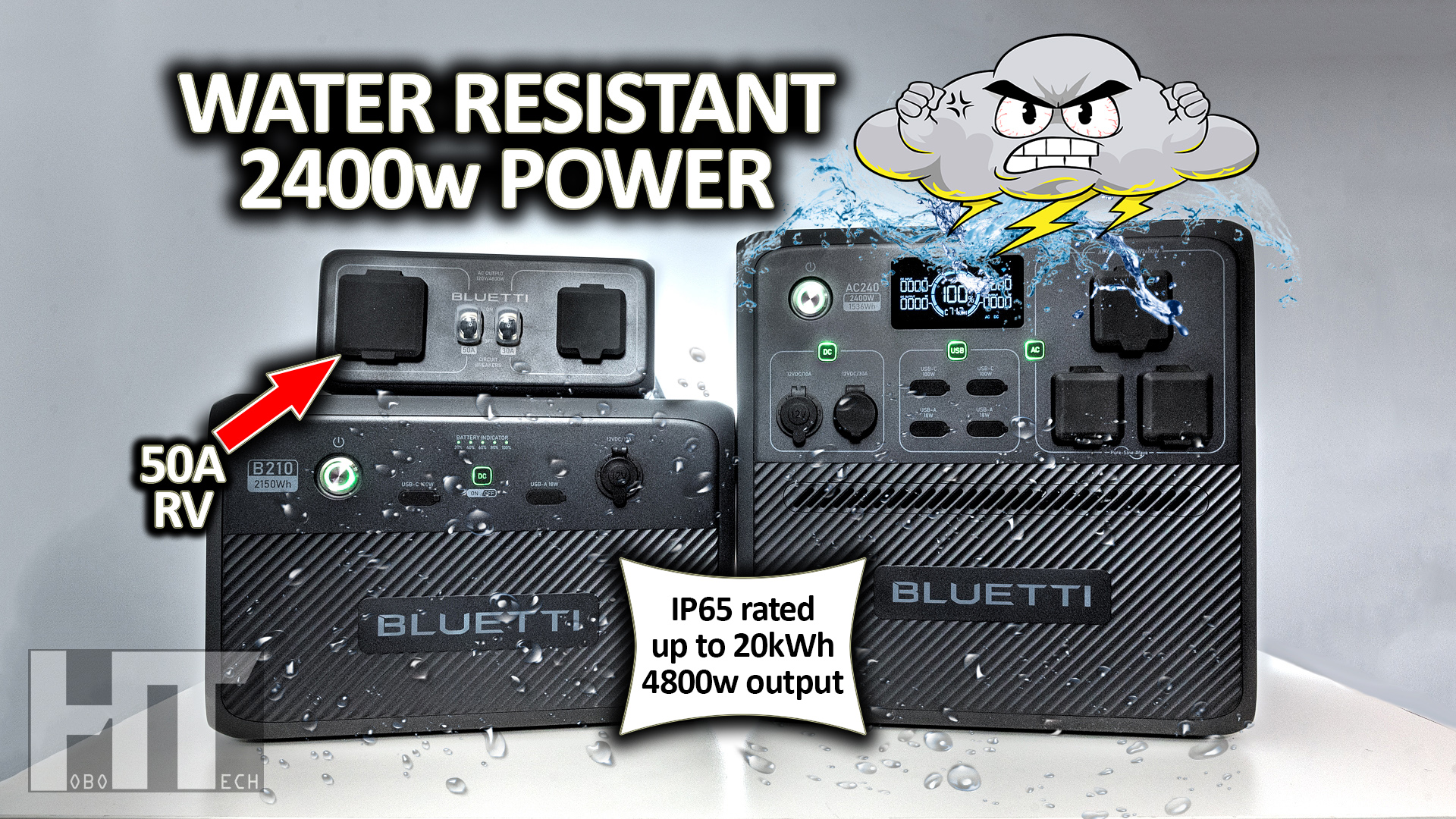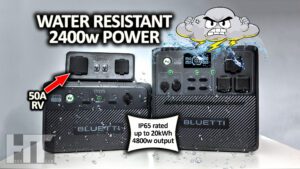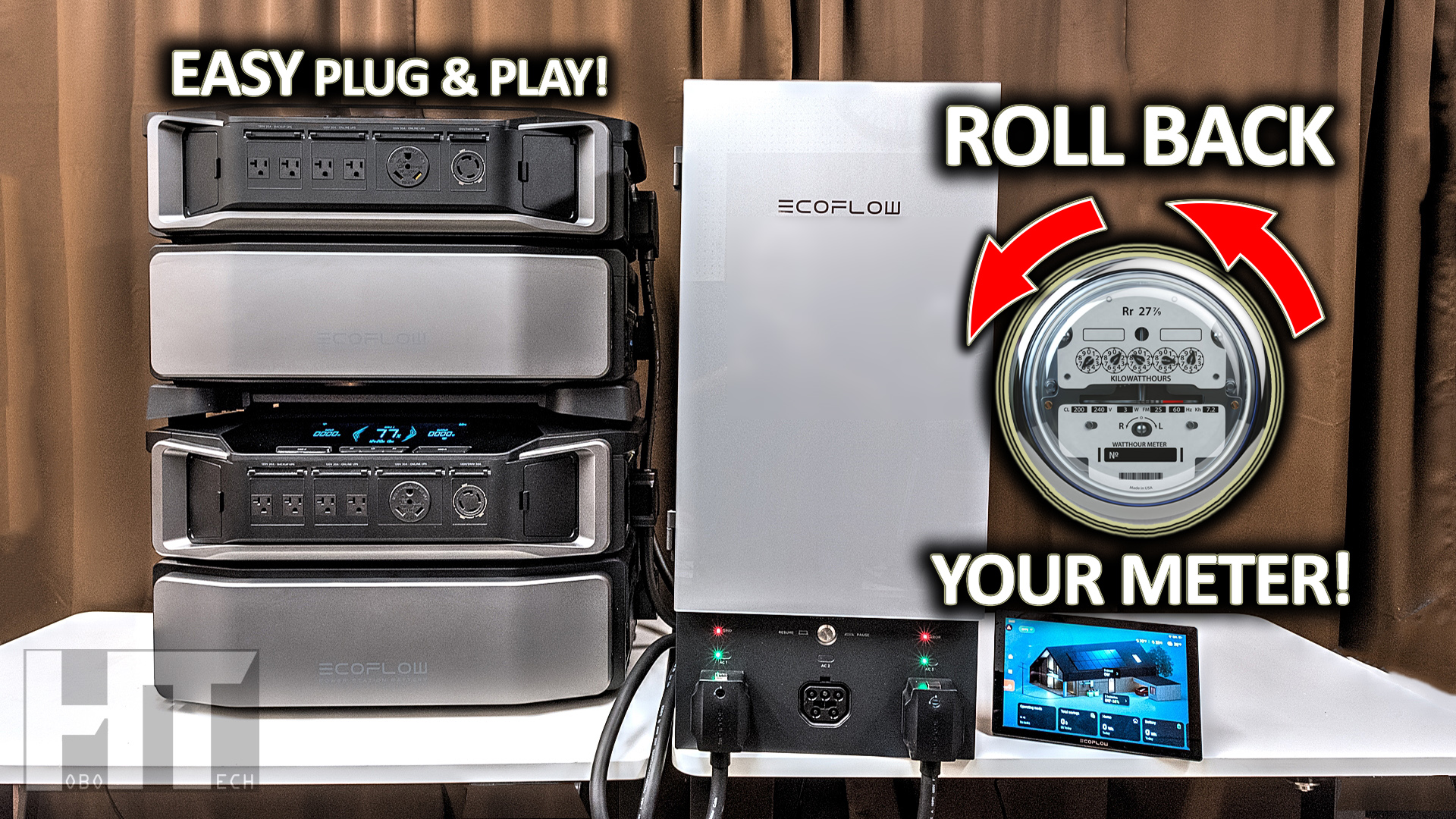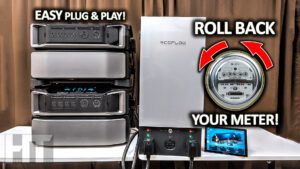
Reviewing Amazon’s CHEAPEST Gaming PC Computer! Dell OptiPlex
The Professor reviews Amazon’s cheapest Windows 10 Pro, Intel i5 quad core, 4K FULL PC desktop computer with HD LCD monitor, Wi-Fi, Bluetooth, Keyboard / Mouse that’s gaming and workstation ready!
- No, this isn’t click bait. You can actually buy a modern 64 bit, quad core desktop computer with LCD monitor, keyboard, and mouse for only 125 bucks. It also includes WiFi & Bluetooth, and comes preloaded with Windows 10 Professional, meaning it can run virtually any PC software, including most games. If this sounds too good to be true, it’s not ,because I bought one myself to ask one simple question, is it any good? Let’s find out!
- So what’s the catch? First, these aren’t brand new PC’s, but ones that have been refreshed by qualified Microsoft Authorized Refurbishers. These aren’t fly by night companies but ones that have a proven track record of professionally refurbishing Windows PC’s. Being in this program allows them to install fresh, new copies of Windows at virtually no cost. Which is one reason why they are so inexpensive.
- These PC’s originally started as new computers that were likely used in a corporate environment. When a business gets new PC’s, for example to move to Windows 11, the old PC’s get recycled to refurbishers that then clean them up, and flip them for resell in bulk. What this means for you, is that you get what looks like a brand new, totally clean, and fully functioning computer for pennies on the dollar. In most cases you won’t even know the parts were used because they are cleaned, tested, hard drives are wiped, and anything broken has been replaced. The PC I bought also includes a refurbished monitor, a new keyboard & mouse combo, and a full copy of Windows 10 Pro pre-installed in that $125 price. Amazon Refurbished does provide a 90 day warranty and some of the companies selling these bump that up to a full year.
- Before we take a look at the PC in detail. You may ask why you even need one to begin with.
- In 2024, there are still many reasons to own a desktop PC. While it is technically feasible to do most things online with a modern cell phone, there’s a lot of software out there that still requires a PC or Mac to run. Many tasks are simply easier on a big screen with a full keyboard and mouse. If you type a lot, need to multi-task, or use spreadsheets you know what I mean.
- Yes, you can use a laptop but even the cheapest Windows laptops start around $350 and are honestly, garbage. They have horrible screens, mushy keyboards, and are slow as molasses for any real tasks. Let’s not even talk about Apple products because we all know what those cost – even the used market is crazy.
- While the $125 PC I’m about to show you isn’t a power house by any means, it is far better than a cheap $350 laptop and is almost as portable. These are compact “flat top” or horizontal cases that can also be ran in the vertical position. They include a DVD drive so you can install software from CD’s or DVD’s as well as watch DVD movies. There is no floppy drive but they do support boot loading from flash drives. The included monitor is 19” which is just the right size to stick on top of the case as you see here and takes up very little space.
- If you’re saying, well laptops have batteries and you can use them anywhere. My answer to that is “I have dozens of reviews on small micro power stations that will run this PC probably a lot longer than your cheap laptop.”
- Okay, let’s get on with the review – starting with the basic specs of this PC.
- This model is the Dell Optiplex 5040 with an Intel Quad Core I5-6500 processor clocked at 3.2ghz but boosts to 3.6ghz. This CPU made its debut in 2015 but is still a 64 bit processor that supports most of the modern Intel features such as Speedstep & Virtualizaion. This processor does include Intel HD 2500 graphics and supports up to 3 monitors using InTru 3D and Clear Video HD technology. All this means is that videos and graphics will look great. While I’m not a fan of processors with built in graphics, they do keep the price down. I do have an upgrade path for better graphics planned towards the end of this video.
- This PC comes with 8GB of DDR3 memory which is fine for most tasks and can be upgraded to 32GB. We will add additional memory during testing for $20 to see how much faster it gets.
- It also includes a 500GB SATA hard drive which can be upgraded later if needed. That should be plenty of space for most.
- At this price point, it also comes with a 19” LCD monitor, a new keyboard and mouse, and Windows 10 Pro which is nice because Windows 10 Home sucks.
- Now the reason I chose this specific PC is because it is still modern, and comes with enough power and memory to handle the majority of tasks. While it won’t handle the latest Call of Duty or edit 4K videos, you can get pretty close with a few choice upgrades.
- What I will do first is test it as-is with a benchmark program to get a baseline then run a few popular games to see how it does. Then I’ll upgrade the memory and run the same tests again. Finally, I’ll upgrade the graphics and see how much improvement we get.
- First, let’s put the thing together…
- Default tests: PCMark, GTA5, Minecraft, Skyrim
- Added GPU, repeated tests.
Opinion:
- Wow! I have to admit I’m really shocked just how fast this thing gets with just a few minor upgrades. Yeah, I doubled the price of the PC doing it, but we’re still under $275 with all of the upgrades and the result is a PC that can handle some pretty serious gaming and is pretty snappy when it comes to programs. The major bottleneck is that clunky 500GB hard drive. I bet if I swapped that out for a SSD this little box would scream even with only 16GB of memory. [See YouTube Video after upgrade]
- This goes to show you that just because you’re old, doesn’t mean you’re dead. While there are some amazing high end processors out there you have to realize that most of the software on the market today is far behind today’s monster processing power. A lot of stuff runs just fine on 10 year old hardware as long as you have half decent graphics and memory. A quad core 3.5ghz processor is generally “good enough” for anything short of high end gaming or video editing. If you’re not a serious gamer and you just tinker with photo/video editing, and want a much better experience online than a tablet or laptop … this is a real eye opener and a huge value when it seems like everything is just getting more expensive. They are also so easy to upgrade with the tool-less design that anyone can do it. I would totally buy one of these PC’s as a gift to anyone that wants or needs a computer. At $125 that’s less than the cost of a decent night out with the family. Instead of dinner for mother’s day, get her a PC! Kids need a computer for school? Bam. If they break it, so what. With the included DVD player and HDMI output it would even make a great entertainment center PC for your TV. The applications are endless at this price.
Pricing
- On a final note about that price. I’ve been calling this the “$125 PC” because that’s what I paid for mine from Amazon Refurbished just a few months ago. This particular model’s price varies depending on which reseller that day has the “buy box” and that’s not always the one with the lowest price. I’ve seen this same PC go for as low as $121 or as much as $139. There is a lot of competition with this model so you may spend a few dollars more or less than the quoted $125. I purchased mine from the seller “United PC Tek” and if you get it from the same seller it should be identical to mine or somewhat close. I know some of the other sellers may offer the same product in a different Dell case or may include a different brand monitor of the same size. Since this stuff is refurbished and limited to product in hand, what they sell over time is likely to change.
CHECK IT OUT HERE: https://gohobo.io/dell7010
Graphics Card Upgrade: https://gohobo.io/gt1030
Memory Upgrade: https://gohobo.io/ddr3l
Speaker Upgrade: https://gohobo.io/IEbm
SSD Hard Drive Upgrade: https://gohobo.io/evo870
DVI to HDMI Cable (for graphics card upgrade): https://gohobo.io/QhGZ
CFORCE Portable Monitor: https://gohobo.io/bJlh (2.5K version – 4K sold out)
WANT A FASTER PC? Dell 7020 i7 with SSD $161! https://gohobo.io/dell7020






You must be logged in to post a comment.